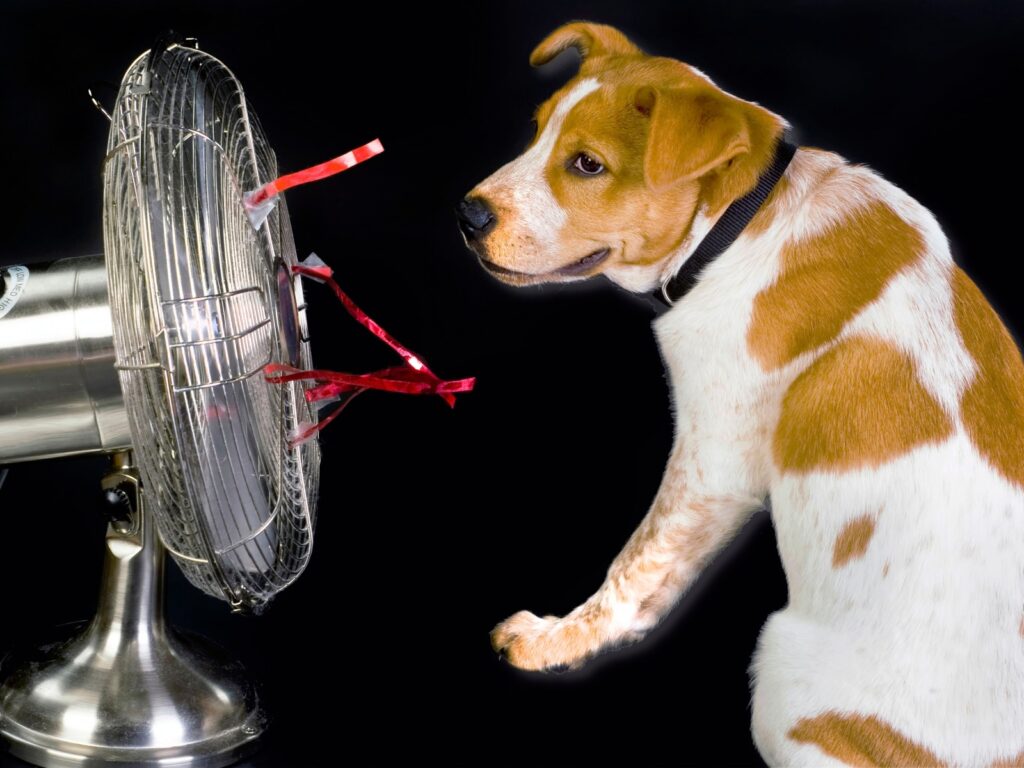As temperatures soar, animals have developed some truly strange strategies to keep cool. From blood-sweating hippos to urinating birds, nature’s air conditioning systems are as diverse as they are fascinating. Let’s explore some of the weirdest ways creatures around the world beat the heat.
Hippo Sunscreen
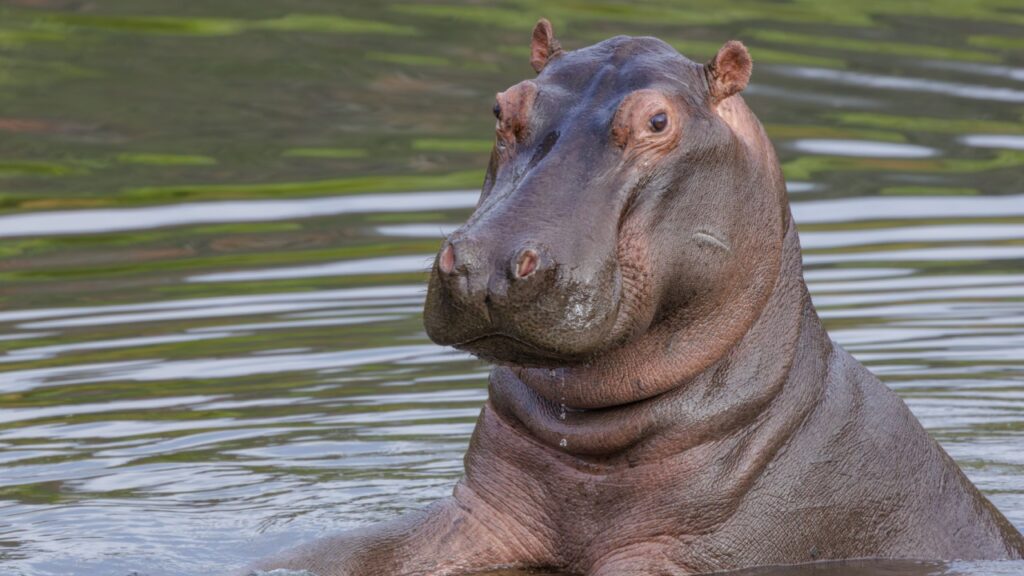
Hippos have a unique way of protecting themselves from the sun’s harsh rays. These massive mammals secrete a red, oily substance that acts as a natural sunscreen. This “blood sweat” isn’t actually blood at all, but a mixture of hipposudoric acid and norhipposudoric acid. The red fluid absorbs UV light and also has antibacterial properties, helping hippos stay cool and healthy in their hot, wet habitats.
Elephant Ear Flapping

Elephants use their enormous ears as built-in fans. By flapping their ears, they circulate blood through the thin skin, which is filled with tiny blood vessels. As the blood moves through these vessels, it cools down before returning to the body. This ear-flapping technique can lower an elephant’s body temperature by several degrees. It’s like having a personal, portable air conditioner attached to your head!
Vulture Poop Cooling
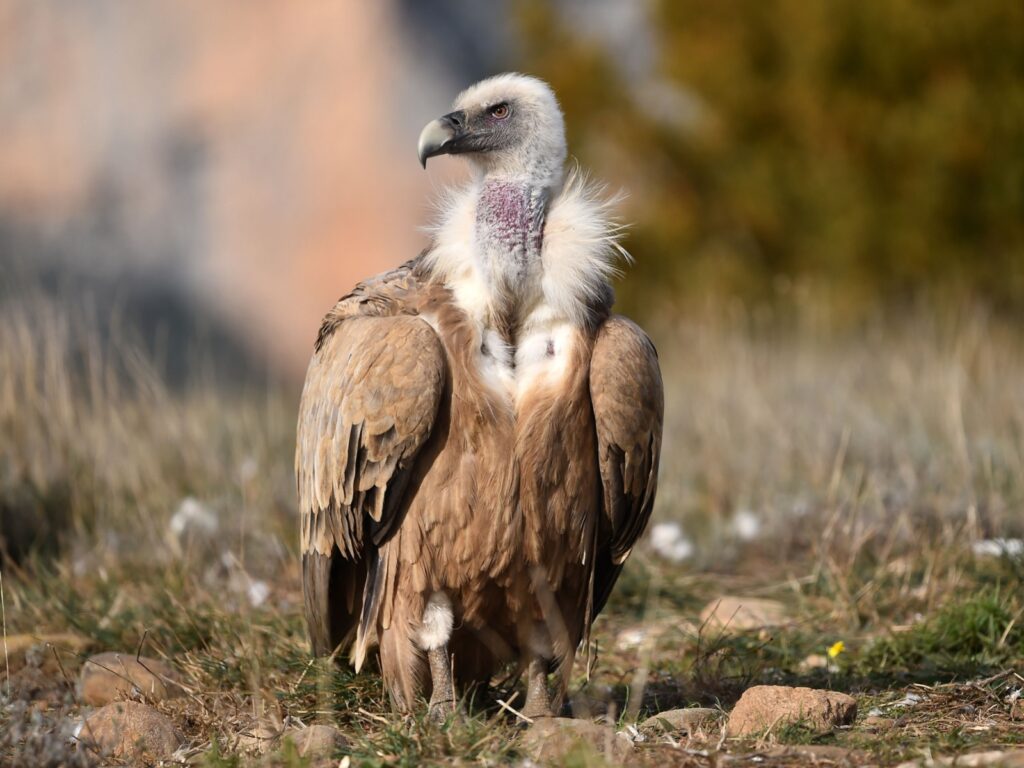
Vultures have a gross but effective way to beat the heat. These birds will urinate and defecate on their own legs. As the liquid waste evaporates, it cools the blood in their legs, helping to lower their overall body temperature. This process, called urohydrosis, might seem disgusting to us, but it’s a lifesaver for vultures in hot climates.
Stork Spit Spray
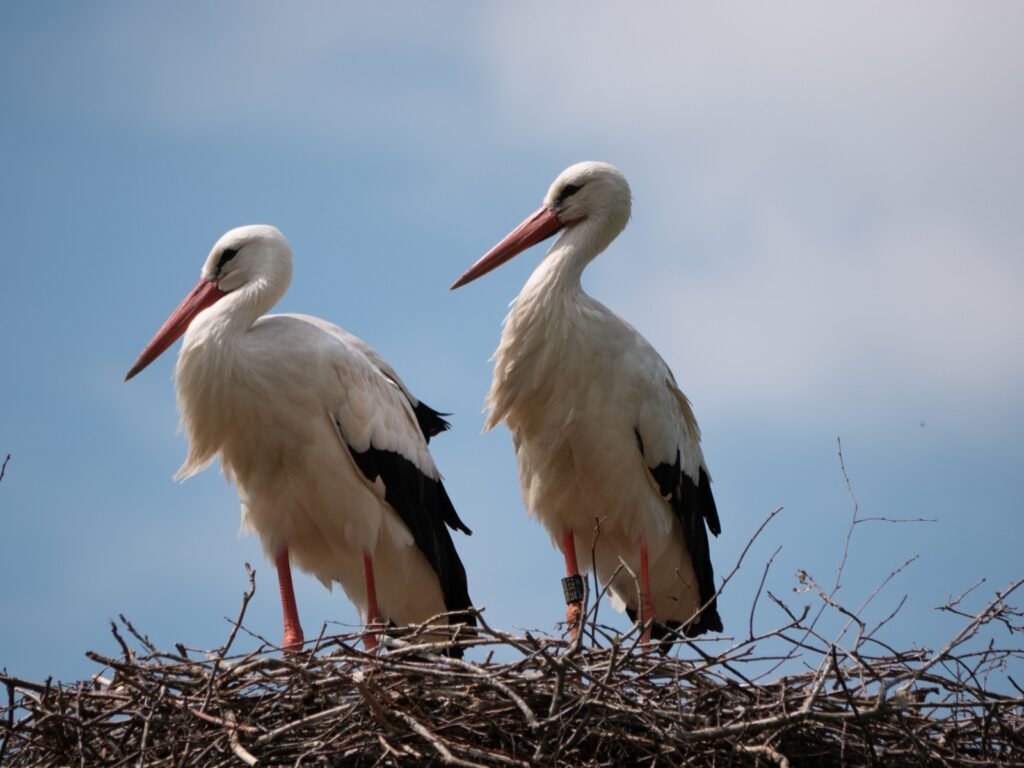
When the heat is on, storks have a peculiar cooling method. They regurgitate water onto their legs and feet. As this spit-water evaporates, it cools the blood in their legs, which then circulates back through their body. It’s like having a personal misting system. Storks will often stand in water while doing this, maximizing the cooling effect.
Pig Mud Baths
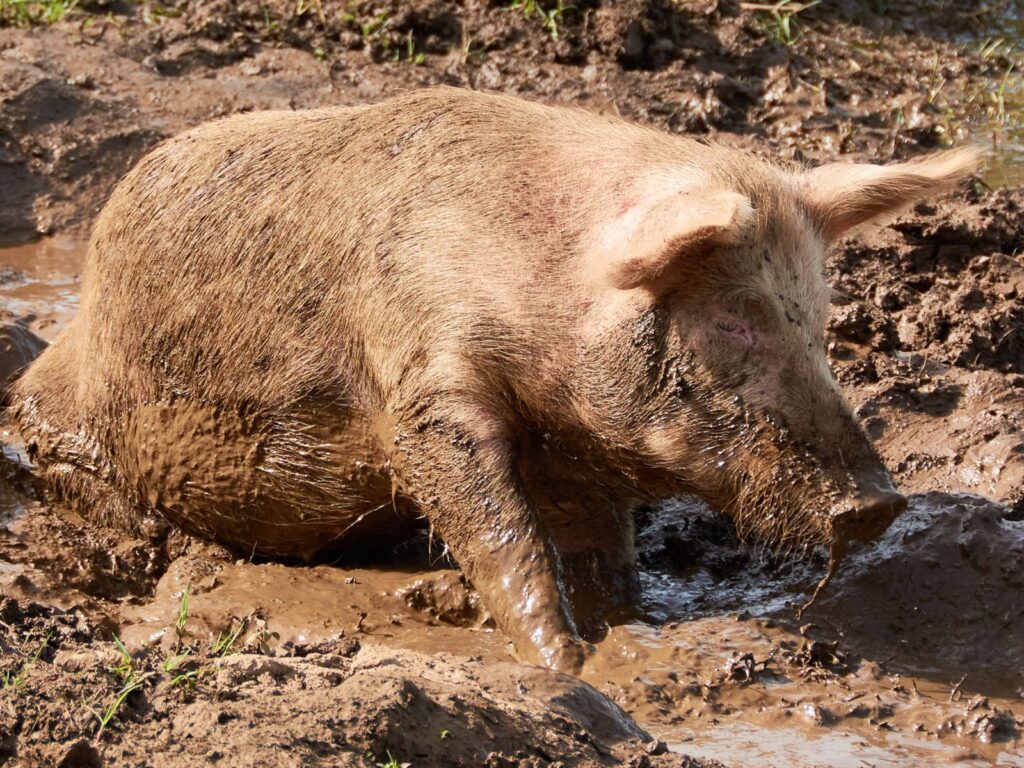
Pigs are famous for wallowing in mud, and there’s a good reason for it. Pigs can’t sweat, so they use mud as a cooling mechanism. The wet mud on their skin evaporates slowly, keeping them cool for longer periods. As a bonus, the mud also protects their sensitive skin from sunburn. It’s nature’s version of sunscreen and air conditioning rolled into one messy package.
Koala Tree Hugging
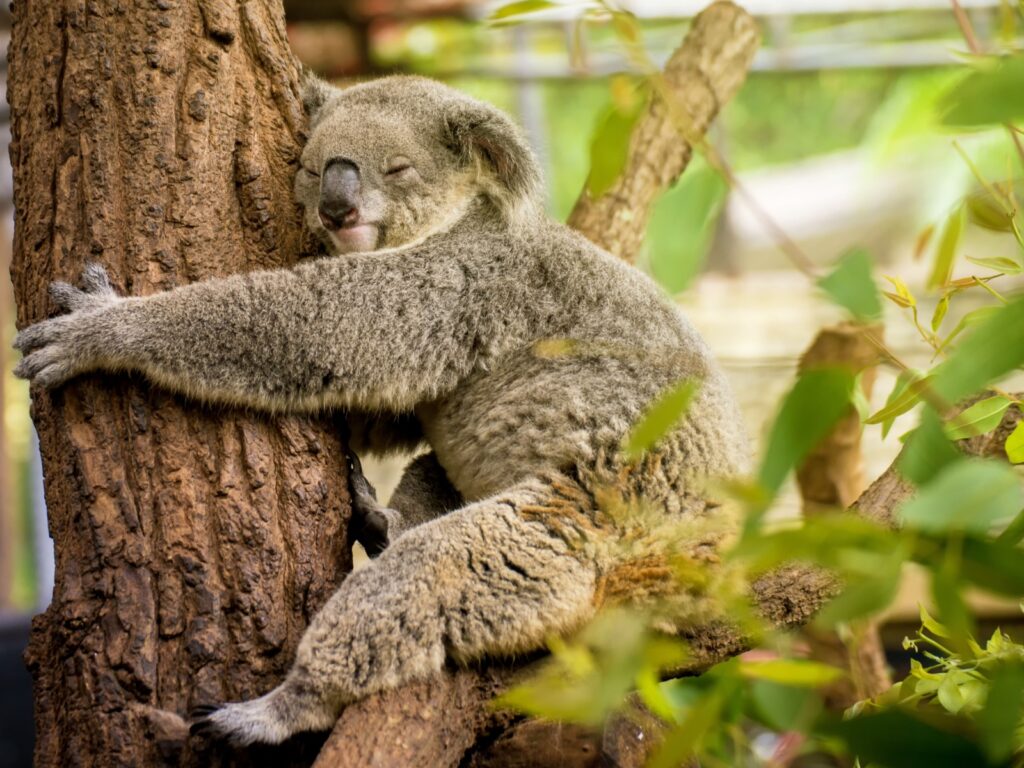
On scorching days, koalas have been observed hugging trees. But this isn’t just a cute behavior – it’s a survival tactic. The trees are often several degrees cooler than the surrounding air. By pressing their bodies against the cool bark, koalas can lower their body temperature without expending much energy. It’s like finding a natural cold pack in the forest.
Bee Air Conditioning
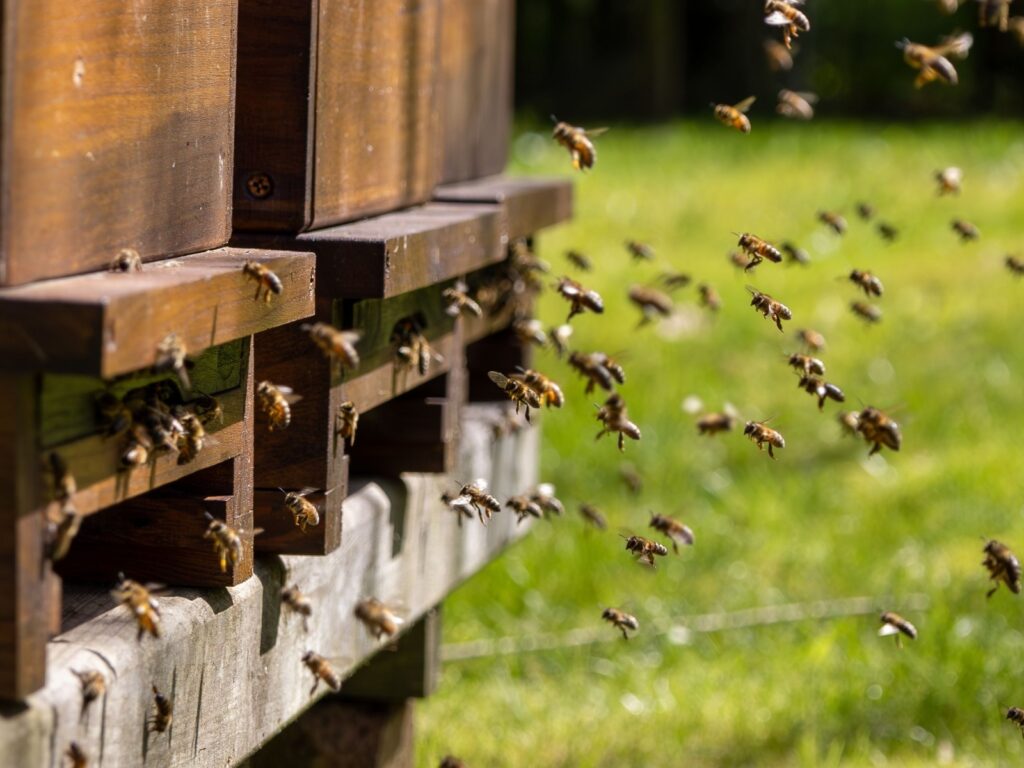
Bees are masters of climate control. When their hive gets too hot, worker bees collect water and spread it around the hive. Then, they fan their wings to create air currents, causing the water to evaporate and cool the hive. Some bees even position themselves at the hive entrance, using their wings like tiny fans to push hot air out and draw cooler air in. It’s a whole-colony effort to keep things cool.
Kangaroo Arm Licking
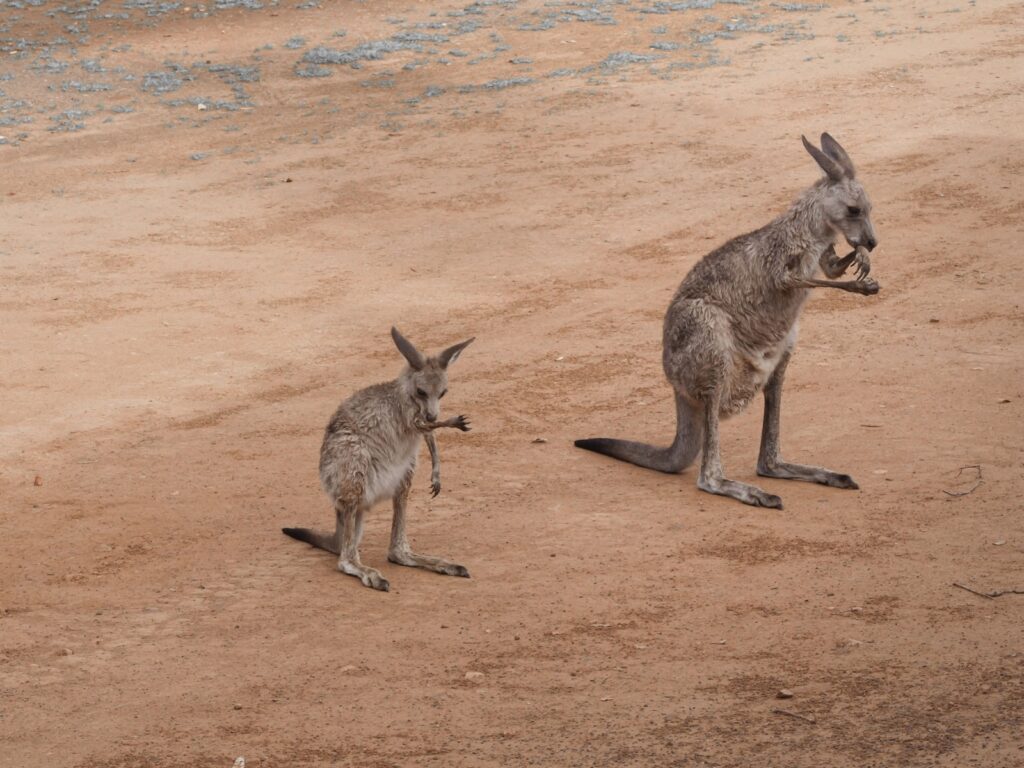
Kangaroos have a unique way of cooling down. They lick their forearms, covering them in saliva. As the saliva evaporates, it cools the blood vessels close to the skin’s surface. This cooled blood then circulates through the body, lowering the overall body temperature. It’s like having a built-in evaporative cooler.
Toucan Beak Control
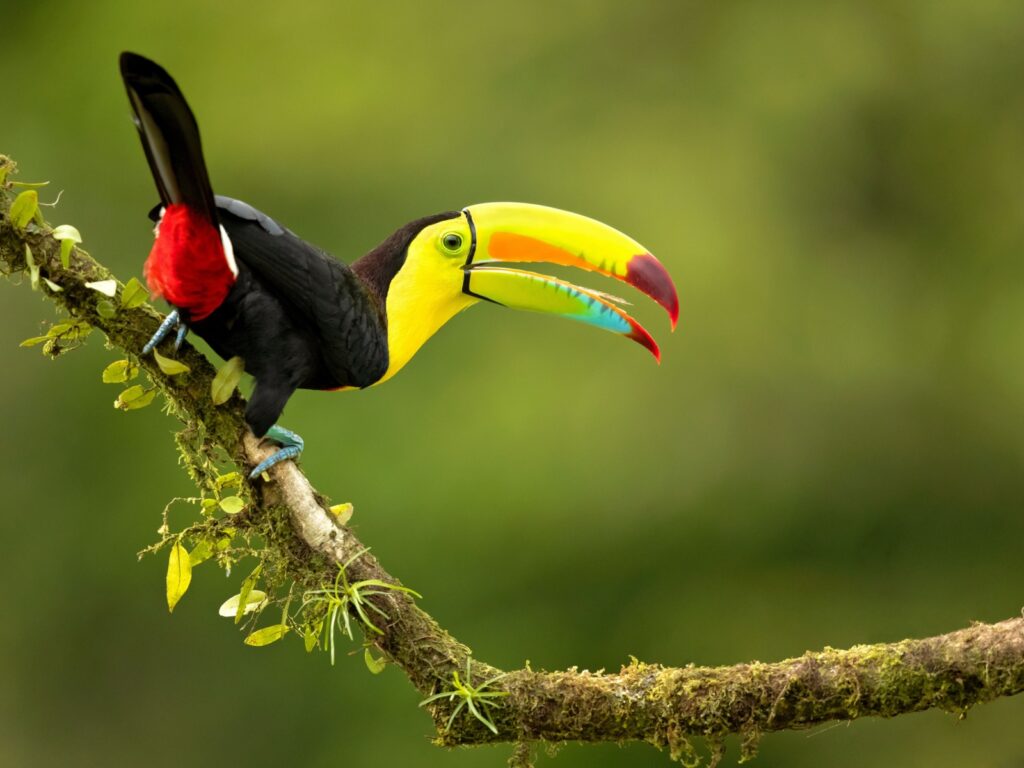
Toucans use their enormous, colorful beaks as temperature regulators. By adjusting blood flow to their beaks, toucans can release excess body heat. When it’s hot, more blood flows to the beak, where it cools before returning to the body. A toucan can shed up to 60% of its body heat through its beak! It’s like having a radiator attached to your face.
Meerkats’ Belly Flops
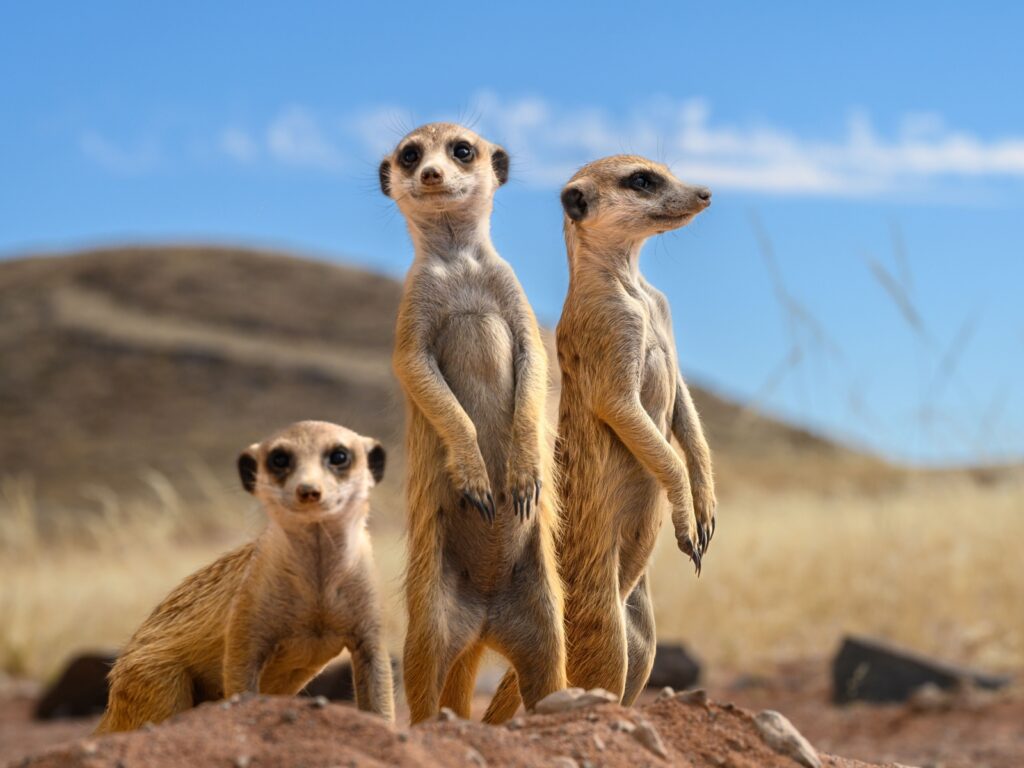
Meerkats have a fun way of keeping cool. They’ll flop onto cool sand on their bellies, spreading out to maximize contact with the ground. This behavior, sometimes called “splooting,” allows them to transfer body heat to the cooler sand. It looks silly, but it’s an effective way for these desert dwellers to beat the heat.
Butterflies’ Wing Waving
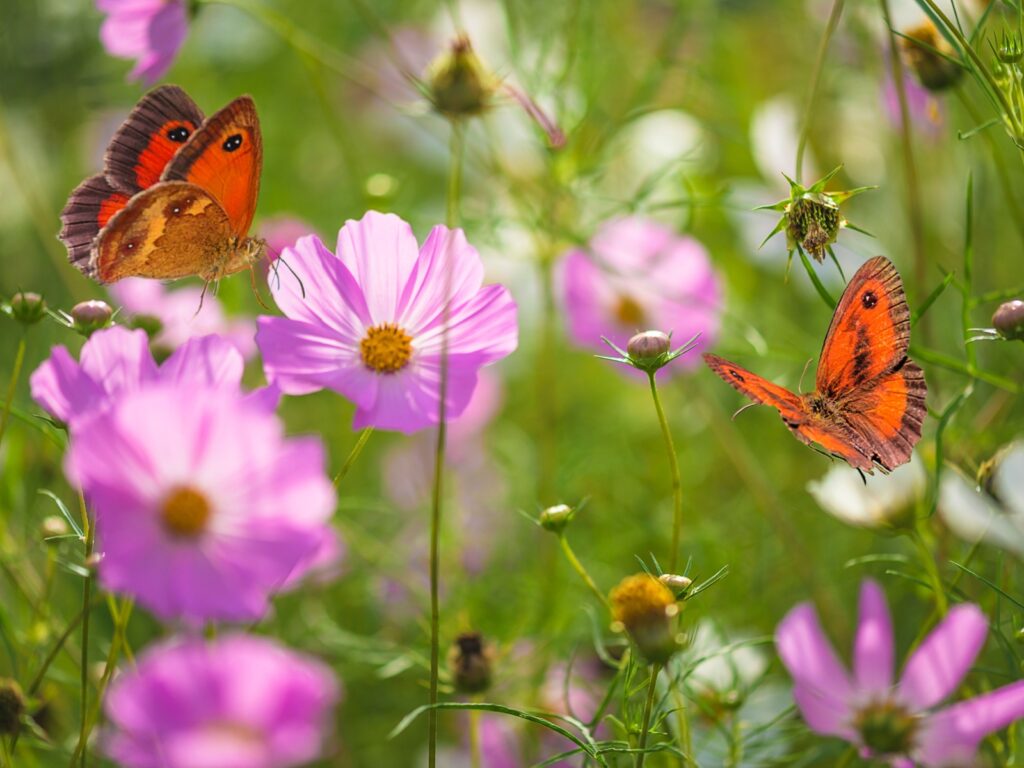
Some butterflies use their wings as personal fans. When temperatures rise, they’ll perch and open their wings, then rapidly flutter them. This creates a small breeze that helps cool their bodies. It’s similar to how we might fan ourselves on a hot day, but butterflies do it with much more style.
Camels’ Wooly Coats
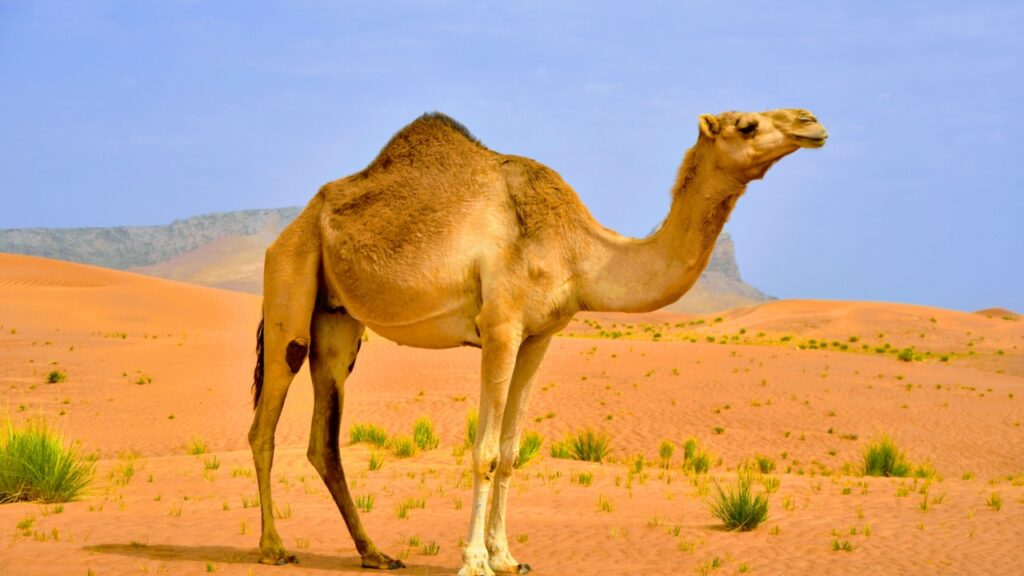
Contrary to what you might think, a camel’s thick coat actually helps it stay cool. The wooly fur insulates the camel’s body from the intense desert heat. It also allows sweat to evaporate slowly from the skin surface, providing a longer-lasting cooling effect. Shaving a camel would actually make it hotter!
Termite Air Conditioning
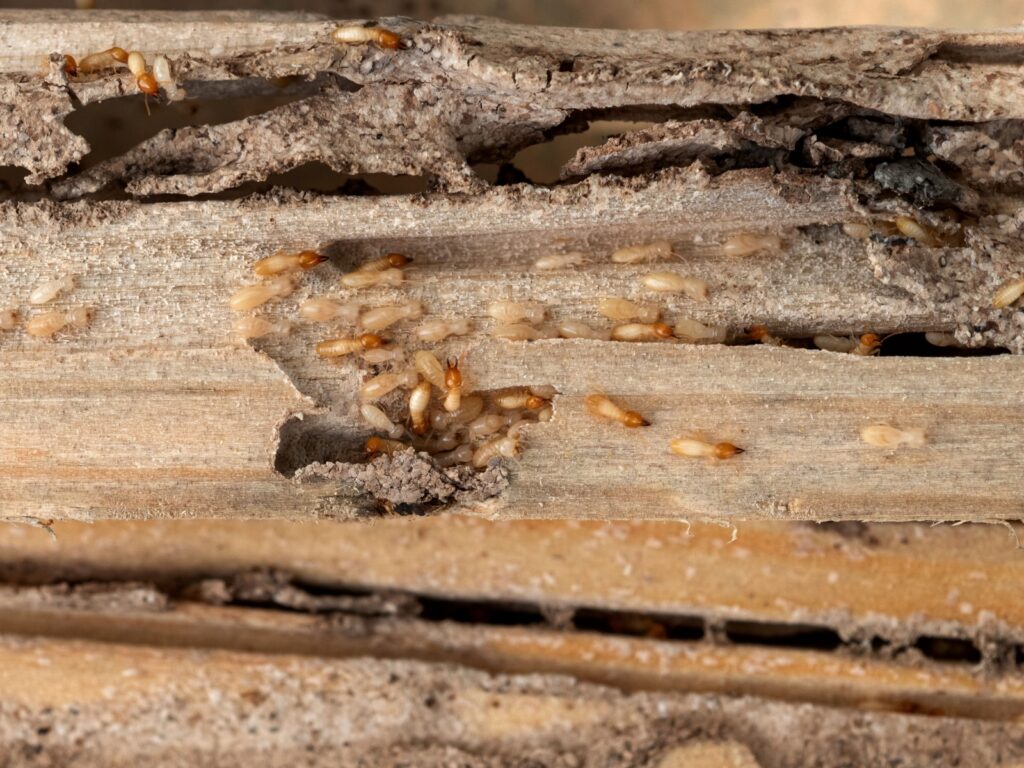
Termites are expert architects when it comes to keeping cool. They build their mounds with a complex system of tunnels and chambers that create natural air conditioning. As hot air rises through the mound, it’s replaced by cooler air from underground chambers. This creates a constant airflow that keeps the colony at a comfortable temperature, even in the hottest climates.
Platypus Burrowing
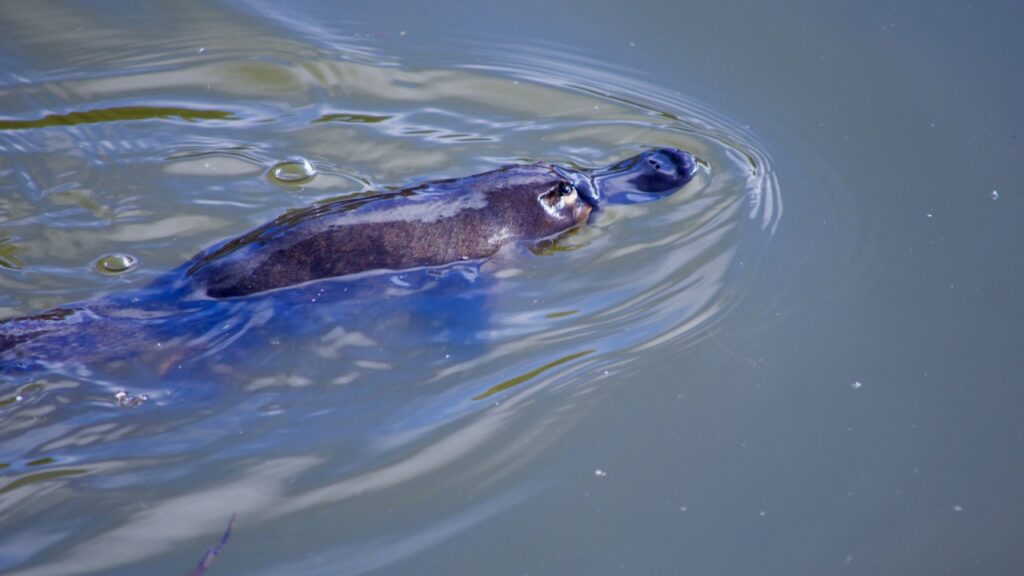
When temperatures soar, platypuses head underground. They dig burrows in riverbanks where the temperature remains cool and constant. These burrows can be up to 30 meters long and often have multiple entrances. Inside, the platypus can escape the heat and even hibernate if necessary. It’s like having a climate-controlled underground bunker.
Becky is a fervent wildlife enthusiast and pet care expert with a diploma in canine nutrition. Her love for animals stretches beyond the domestic, embracing the wild tapestry of global fauna. With over a decade of experience in animal welfare, Becky lends her expertise to OutlandishOwl through insightful articles, captivating wildlife information, and invaluable guidance on pet nutrition. Her work embodies a deep commitment to understanding the intricate lives of animals and a passion for educating others on sustaining natural habitats. Becky's hands-on conservation efforts and her knack for translating complex dietary science into practical pet feeding tips make her an indispensable voice for creatures great and small.

